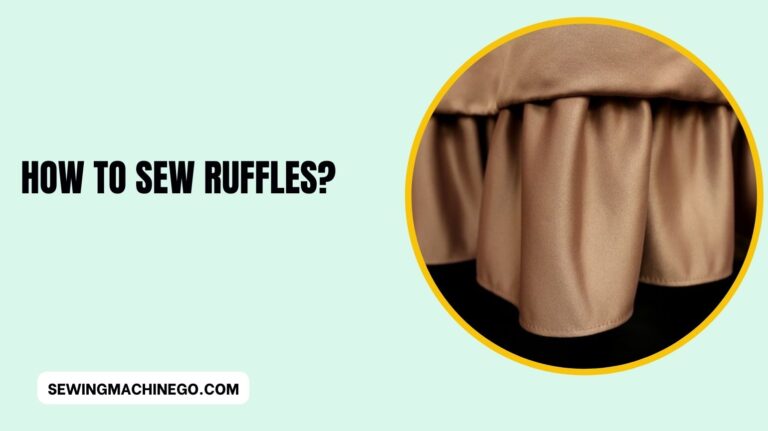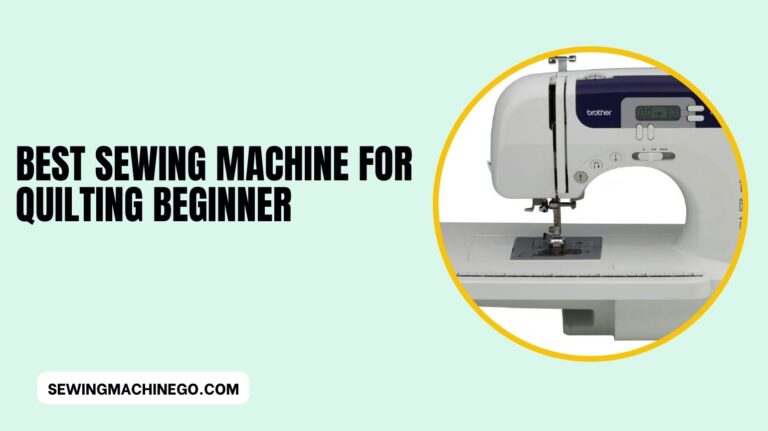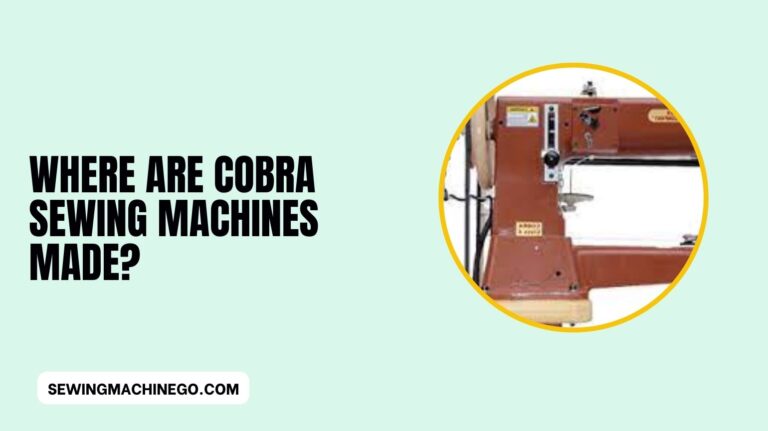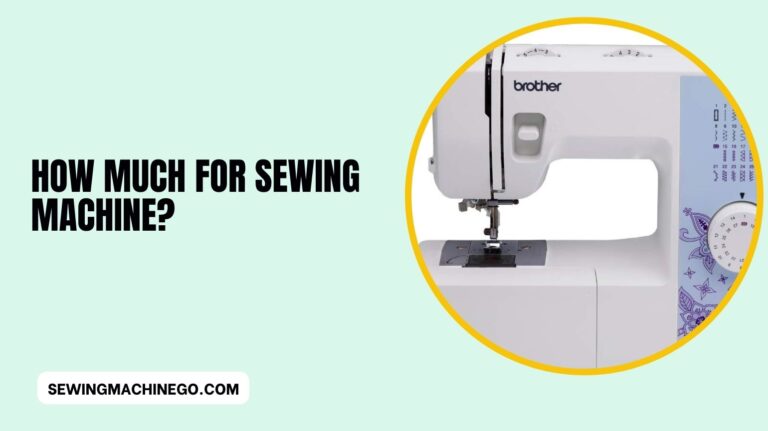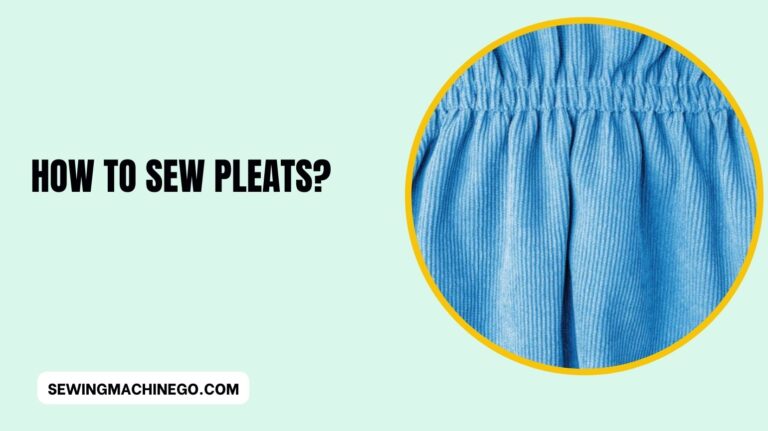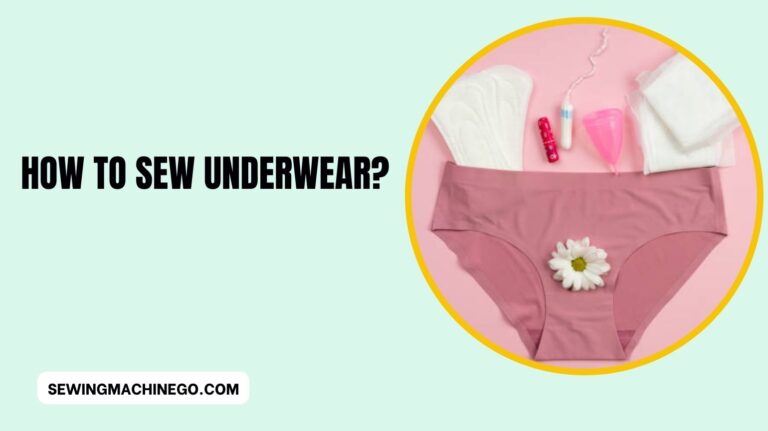How to Sew Eye and Hook? Step By Step Guide In 2023
Sewing eye and hook is a fundamental skill in the world of crafting and garment construction. How to Sew Eye and Hook?
These tiny components might seem insignificant, but they hold significant importance in seamlessly closing garments and fabrics.
Whether you’re a beginner or an experienced seamster, mastering the art of sewing eye and hook is essential. Let’s dive into the details of how to do it effectively.
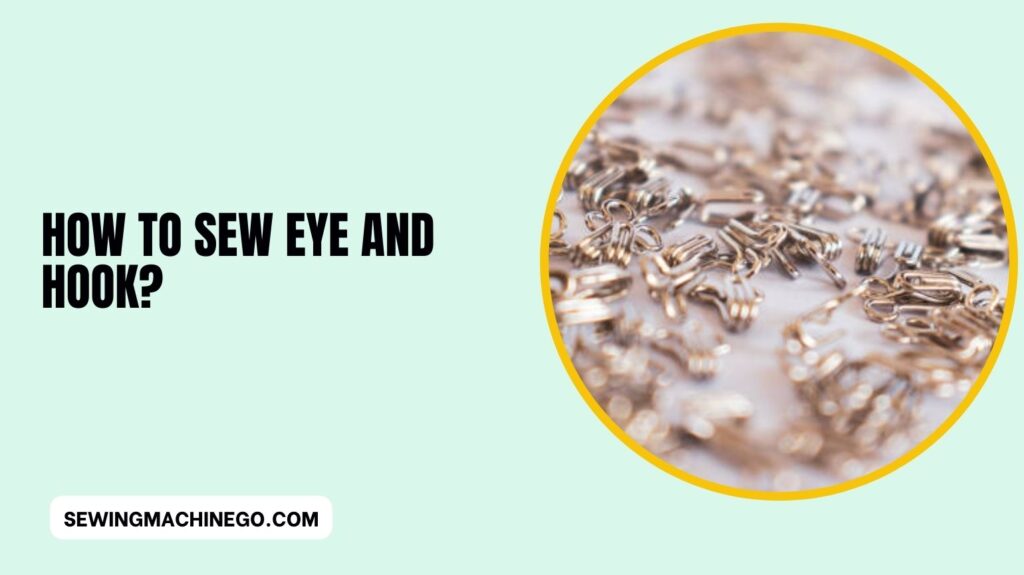
Introduction to Sewing Eye and Hook
When it comes to joining fabrics discreetly or fastening closures without buttons or zippers, eye, and hook play a pivotal role.
These small yet sturdy components consist of two parts: the eye, a small metal loop, and the hook, a tiny bar that fits snugly into the eye.
They come in various sizes and materials, each catering to specific needs and applications.
Types of Eye and Hook
Eye and hooks come in different sizes, ranging from minuscule for delicate fabrics to larger ones for heavy-duty applications.
Materials vary from stainless steel to brass, offering durability and resilience according to usage. Knowing the right type for your project ensures a secure and lasting closure.
Tools Required for Sewing Eye and Hook
To start sewing the eye and hook, gather the necessary tools. Different needle types, threads, and hooks are essential for precise and secure attachment. The choice of tools depends on the fabric and the size of the eye and hook.
Preparing Fabric for Eye and Hook
Prepare the fabric by marking and measuring the placement of the eye and hook. Precision is crucial here to ensure a perfect fit and seamless closure.
Different fabrics might require specific techniques for marking and preparation.
Sewing Techniques for Eye and Hook
Sewing eye and hook involves precise techniques for a secure closure. Hand-sewing methods require threading the needle through the fabric, looping the thread around the eye and hook, and securing it with stitches.
Machine-sewing involves using a specific presser foot to stitch around the eye and hook for a quick and efficient attachment. Both methods ensure a strong and lasting closure for fabrics and garments.
Troubleshooting Common Issues
Sometimes, alignment issues or thread breakage can occur during the sewing process. Knowing how to troubleshoot these common problems saves time and ensures a flawless finish.
When encountering issues while sewing eye and hook, a few common problems might arise:
- Alignment Problems: Misalignment of the eye and hook can occur, causing difficulty in closure. Ensure accurate marking and alignment before sewing to prevent this issue.
- Thread Breakage: Sometimes, the thread might break while sewing. This can happen due to excessive tension or using a weak thread. Adjust tension and use a sturdy thread to avoid breakage.
- Slipping: The hook might slip out of the eye, resulting in an insecure closure. Ensure the stitches are tight and secure to prevent slipping.
- Fabric Damage: Forceful sewing can damage delicate fabrics. Use appropriate needles and techniques to avoid tearing or stretching the fabric.
Addressing these issues involves careful attention to detail, proper technique, and sometimes adjusting the tools or materials used in the sewing process.
Tips for Ensuring Durability
Reinforcing eye and hook attachments enhances their durability. Learn the techniques for reinforcing closures and maintain them properly for long-lasting use.
To ensure the durability of your eye and hook closures, consider the following tips:
- Reinforcement: Strengthen the attachment by adding extra stitches around the eye and hook. This reinforces the closure and prevents it from loosening over time.
- Use Suitable Materials: Choose sturdy threads and appropriate needles for the fabric. Using strong materials ensures a robust closure that withstands regular use.
- Avoid Excessive Force: While sewing, apply just enough tension to secure the eye and hook. Excessive force can strain the fabric and weaken the closure.
- Regular Maintenance: Periodically check the closures for any signs of wear or loosening. Repair or reinforce them promptly to maintain their durability.
- Proper Handling: Treat garments with attached eye and hook closures gently. Avoid pulling or stressing the closure unnecessarily to prevent damage.
By following these tips, you can significantly enhance the longevity and reliability of your eye and hook closures, ensuring they endure frequent use without compromising their effectiveness.
Creative Applications of Eye and Hook
Eye and hook closures, beyond their conventional use in garment closures, offer a realm of creative possibilities. They’re not just about functionality; they can be harnessed for innovative design solutions.
From fashion design to functional uses, eyes and hooks have diverse applications. These tiny components can add a touch of elegance to various projects, serving as both utilitarian closures and decorative elements.
People also ask
Why are hooks and eyes sewn only to the facing fabric?
Hooks and eyes are typically sewn onto the facing fabric rather than the outer fabric for a few reasons.
Firstly, this placement ensures a neater and more concealed closure, maintaining the garment’s aesthetic appeal.
Secondly, sewing them onto the facing fabric adds strength and stability to the closure, preventing strain on the outer fabric and enhancing the garment’s durability.
What are 2 types of eyes used with a hook?
Two common types of eyes used with hooks are the closed-loop eye and the open-loop eye.
The closed loop eye is a solid, fully enclosed loop, while the open loop eye resembles a hook that’s been partially uncoiled,
offering different attachment and fastening options based on the design and application requirements.
What is the composition of hook and eye?
Hooks and eyes typically consist of metal components. The hook is a small, curved piece while the eye is a loop-shaped piece, both usually made of materials like stainless steel,
brass, or other durable metals. These materials provide strength and resilience for secure fastening and closure in various fabric applications.
What is a metal hook and eye?
A metal hook and eye is a closure system commonly used in garments and fabric applications. It comprises a small hook and a loop (eye) made of metal,
often stainless steel or brass. These components fasten together to securely close garments, providing a discreet and durable closure solution.
Conclusion – How to Sew Eye and Hook?
In Conclusion, Mastering the art of sewing eye and hook is a valuable skill for anyone involved in sewing or crafting.
Understanding the types, tools, techniques, and troubleshooting methods ensures a seamless and durable closure for fabrics and garments.

Hi, I am Alice, and I am your perfect guide to the world of sewing machines. With over 10 years of experience in the sewing industry, I am passionate about sharing my knowledge and expertise to help you make the most of your sewing journey. about me

